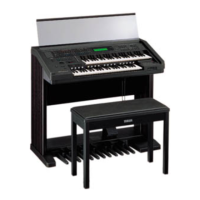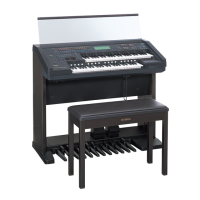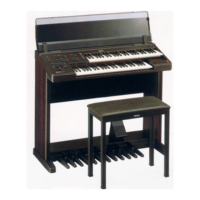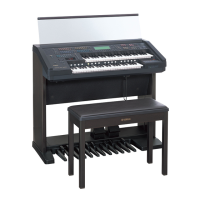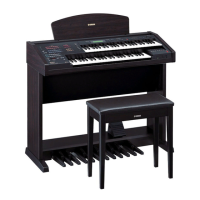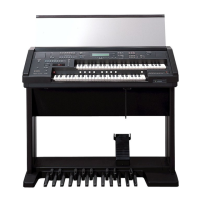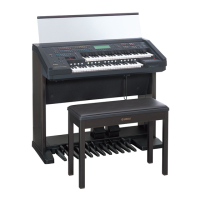What to do if my Yamaha Electone EL-87 Electone panel does not function normally?
- AAnthony ThompsonAug 19, 2025
If the Electone panel doesn't function normally or the memorized data has changed, it might be due to power surges or spikes. In such cases, perform the Power On Reset operation to reset the Electone.
